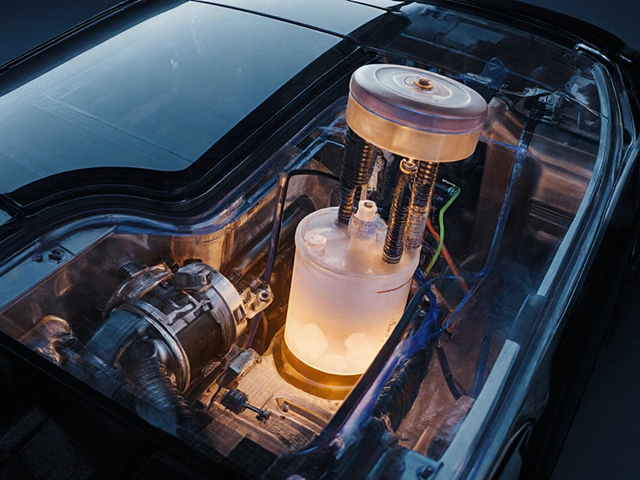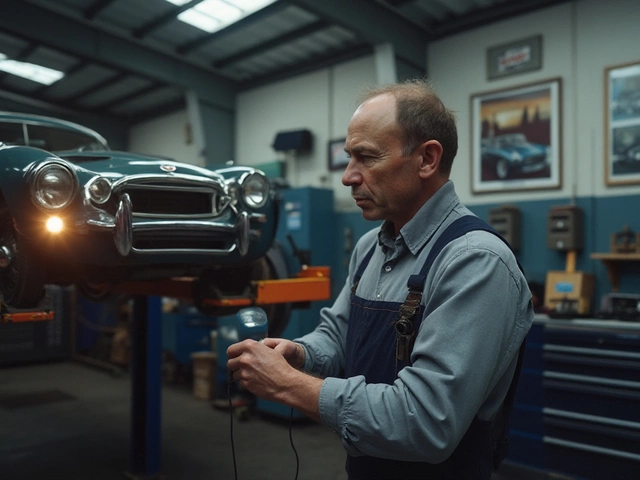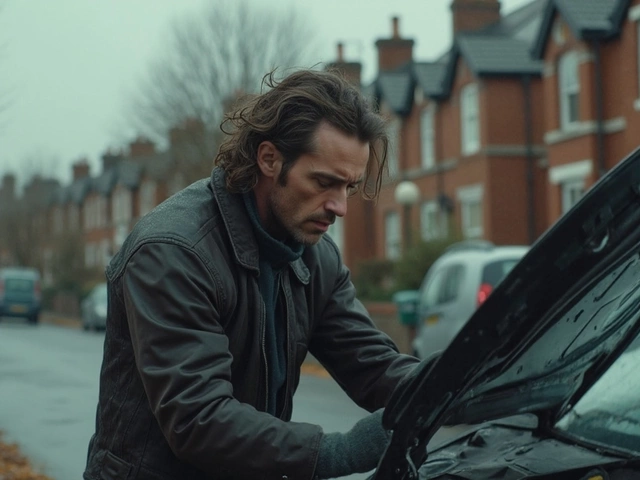Ever hit the brakes and feel like your car shakes or makes ugly noises? That’s often your first hint that the rotors might be messed up. A lot of drivers think a little squeak is just dirty pads, but bad rotors tell their own story—and they’re not shy about it. Ignoring those signs means you’re rolling the dice with your safety (and your wallet).
If your steering wheel vibrates every time you brake, or if you catch a grinding sound that turns heads at the stoplight, you could be looking at warped or worn-out rotors. Bad rotors also make panic stops riskier, since they can the reduce braking power when you need it most. You don’t have to be a brake expert to spot the clues—just pay some attention when you drive and don’t blow off weird brake behavior as “normal car stuff.”
- Why Rotors Matter for Braking
- Clear Signs Your Rotors Are Shot
- Causes of Rotor Damage
- How to Check Rotors Yourself
- What to Do If Rotors Are Bad
Why Rotors Matter for Braking
When you stomp on your brakes, you’re trusting your car’s brake pads and rotors to work together and stop all that moving metal. The rotors are those big, round discs you can usually see behind your wheels. They spin right along with the wheel until you hit the brake pedal, then the pads grab the rotors to slow everything down. If your rotors are in rough shape, even the best brake pads can’t do their job well.
The actual friction that stops your car? That happens where the pad meets the rotor. So, when rotors get warped, uneven, or worn thin, it messes up that contact—leading to shuddering, squealing, and way less braking power. A healthy rotor surface lets the pads work smoothly and evenly, giving you short, predictable stops. Messed up rotors ruin all that and can even damage the pads quicker.
Did you know modern cars generate enough stopping power that the rotors regularly handle hundreds of degrees of heat? Rotors actually expand and contract every time you hit the brakes, so it’s easy to see why they eventually get beat up. And here’s something a lot of folks don’t realize: messed up rotors can make your ABS or electronic stability programs less effective, since those systems need solid, consistent stops to work right.
| Rotor Condition | Effect on Braking |
|---|---|
| Good/Flat | Smooth, steady stops |
| Warped | Vibration and reduced control |
| Grooved | Extra noise, uneven pad wear |
| Too thin | Overheats fast, risky stopping |
Skipping out on fixing bad rotors doesn’t just mess up your stopping—it can end up costing you more by trashing your brake pads early or even putting steering parts under extra stress. If you want your brakes to do what you paid for, keeping those rotors in decent shape isn’t optional.
Clear Signs Your Rotors Are Shot
Bad rotors aren’t hard to spot once you know what to look and listen for. One of the biggest red flags is a strong, steady vibration when you hit the brakes. If your steering wheel or pedal feels jumpy or shaky, it usually means the rotor surface isn’t smooth anymore. Warped rotors can throw off the whole braking system, making your car feel like it’s fighting you every time you slow down.
You might also notice a nasty grinding or scraping sound, especially if the problem’s been ignored a while. This noise usually gets worse the longer you drive, and it’s never normal—grinding often means that the rotor is rubbing directly against the worn-out brake pads or even the caliper. When things get to that point, you’re not just risking damage; you’re putting safety on the line.
Here’s what else you should watch for if you suspect bad rotors:
- Pulsating brake pedal: Does your foot feel pulses or bumps when you stop? That’s a classic sign.
- Grooves or score marks: If you peek behind your wheels and see deep lines or gouges on the rotor, it’s trouble.
- Burning smell after hard braking: Overheating can warp rotors, leading to that weird smell (and sometimes a little smoke).
- Longer stopping distances: If your car keeps rolling after you expect it to stop, the rotor issues could be reducing braking power.
- Blue discoloration: Heat spots and discoloration on the rotor face mean it’s been getting too hot and isn’t working like it should.
Some shops use a dial indicator gauge to measure the "runout" on your rotors, but you can pick up on most problems just by driving. Fun fact: According to a 2022 survey by AAA, over 30% of drivers admitted to ignoring new brake noises for more than a month. Not smart—the longer you wait, the bigger the risk (and the bigger the repair bill).
So, if your ride starts showing even one of these signs, don’t hope it’ll get better on its own. Catching these brake problems early can keep you safe and save you money.
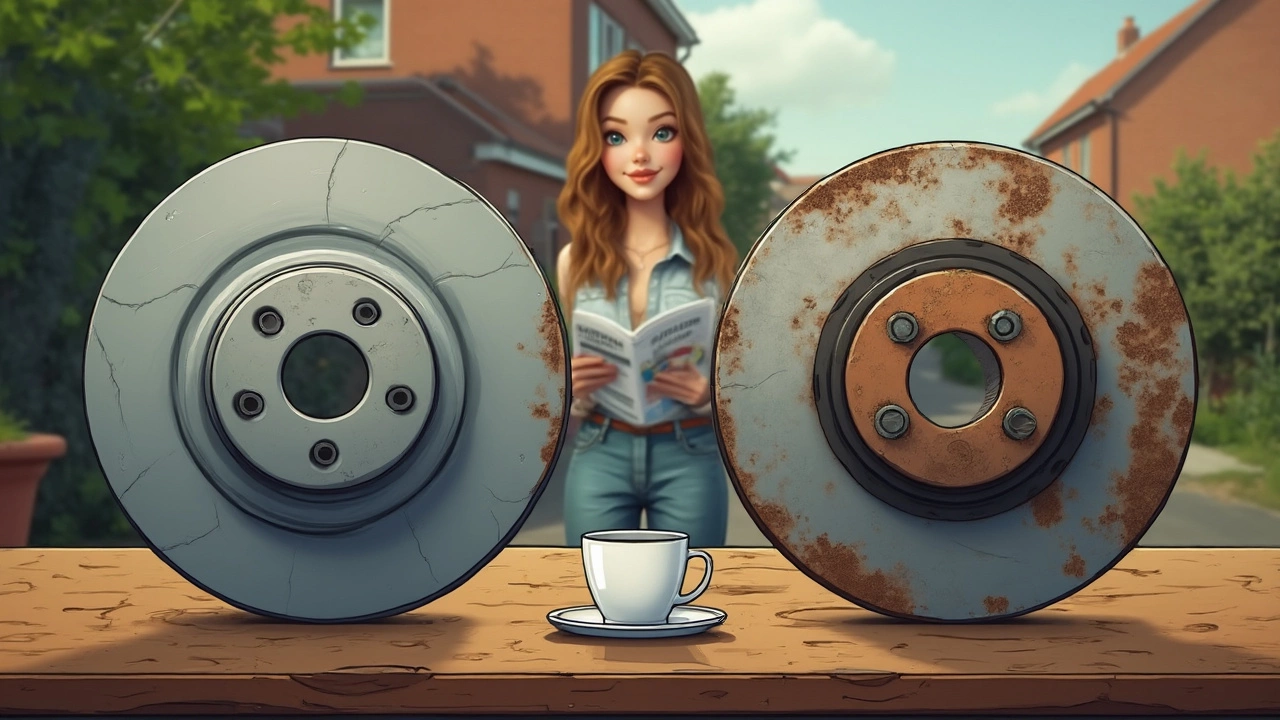
Causes of Rotor Damage
Most bad rotors don’t get that way overnight. They wear out for a bunch of reasons, and knowing what these causes are can help you actually avoid ending up with junk rotors later. Let’s dig into the most common culprits.
- Heat buildup: Slam the brakes often, especially on long downhills or during stop-and-go traffic, and your rotors heat up fast. Too much heat can make them warp or get those wavy grooves you sometimes see. Once warped, you’ll feel the shaking in your steering wheel.
- Worn brake pads: If your brake pads get thin and you don’t swap them, they expose the rotors to metal-on-metal contact. This chews up the rotor surface way faster than normal braking.
- Poor-quality rotors: Cheap rotors (think off-brand stuff from a bargain website) tend to wear out or warp quicker. Same story for reusing rotors that should have been replaced.
- Water and road salt: Living where it rains or snows a lot? Water and salt can make rotors rust, leading to squeaking, pitting, or a thin, uneven rotor. Rusty rotors mean less braking power.
- Improper installation: If your mechanic doesn’t bolt everything down evenly or skips cleaning the rotor surface, it leads to uneven pads or even warping just from bad mounting.
Check out how some common causes stack up:
| Cause | Typical Result |
|---|---|
| Frequent hard braking | Warped rotors |
| Letting pads wear down | Grooved or scored rotors |
| Rust from roads | Corroded rotors |
Just by staying on top of regular pad swaps, avoiding cheap rotor brands, and washing off salt in winter, you can save your rotor and brake pads from an early death. Know what’s ruining your rotors, and you’ve already got half the battle won.
How to Check Rotors Yourself
Checking your bad rotors at home isn’t just for DIY types. You only need basic tools and a good flashlight. Here’s how to spot trouble without making things complicated or missing a hidden issue.
- Park and Prep: Park on a flat surface, put the car in gear (or park), and set the parking brake. Loosen lug nuts a bit, then jack up the car and remove the wheel. Always use jack stands for safety, never just count on the jack.
- Visual Check: Inspect each rotor’s surface. You're looking for deep grooves, scoring, or dark spots. Spots that look blue or purple mean the rotor got way too hot—this usually points to a brake problem that’s been going on for a while.
- Feel for Issues: Run your finger across the rotor. If you feel major bumps, big lips at the edge, or roughness, it means the rotor’s worn unevenly. Smooth rotors should feel just that: smooth.
- Measure the Thickness: Use a micrometer or caliper tool if you have one. Every vehicle’s manual lists a minimum rotor thickness (usually stamped on the rotor too). Too thin? Time to replace. Most shops say anything below the spec is risky.
- Spin Test: With the wheel off, give the rotor a spin. It should turn freely without scraping. If you hear scraping or it gets stuck, you might have warped rotors or other brake pad issues.
Quick visual checks catch most rotor issues. But if in doubt, always get a pro to double-check. Don’t overlook stuff like uneven pad wear or rusty spots—they’re all clues that your rotor or pads need some love.
| Rotor Condition | What It Means |
|---|---|
| Blue/Purple Marks | Overheated, likely warped |
| Deep Grooves | Worn past useful point |
| Major Rust Patches | Reduced stopping power |
Spotting bad rotors early makes repairs cheaper and keeps your car safer. Don’t ignore the obvious signs—catching a problem now can save you a headache (and money) later.
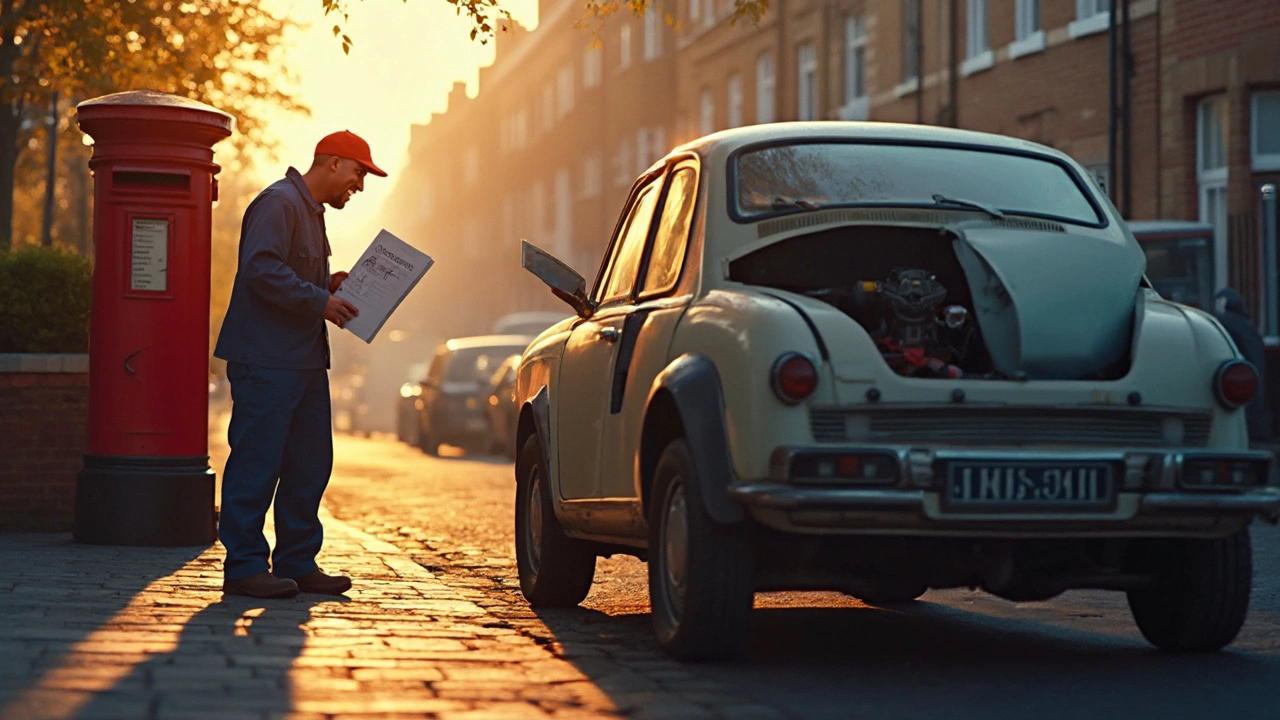
What to Do If Rotors Are Bad
If you've realized your bad rotors are to blame for sketchy stops or weird noises, don’t just cross your fingers and hope they’ll get better. Driving around with busted rotors is asking for bigger repair bills and risking your safety. Here’s what actually works once you spot the problem:
- Get a Second Opinion: Not sure it’s your rotors? Many shops offer free brake checks. Let a pro confirm before you shell out for parts. Some folks mix up brake pads going bad with rotor issues.
- Check Wear Limits: Most rotors have a minimum thickness stamped on the edge. If they’re thinner, it’s game over—replace, don’t resurface. Shops use calipers to measure this. DIYers can get a digital caliper online for under $20.
- Resurfacing vs. Replacing: Sometimes, rotors can be “turned” or resurfaced. But if there’s deep grooving, cracks, or big-time warping, replacement is safer. Most places recommend new rotors if you’re already swapping brake pads so you get a fresh start.
- Upgrade or Stick with Stock: If you haul heavy loads or just want better stopping, there are upgraded rotors out there. Cross-drilled, slotted—options galore. For regular driving, OEM (original equipment) usually works just fine.
- Don’t Do One Side Only: Always replace rotors in pairs (both front or both rear). Changing just one side messes with balance and can lead to goofy handling or uneven brake problems.
Wondering about cost? Here's a rough idea:
| Job | Average Price per Axle (USD) |
|---|---|
| Resurface Rotors | $40–$65 |
| Replace Rotors (Parts + Labor) | $150–$300 |
| Performance Rotors | $250+ |
One last thing—pairs well with pad replacement. Any time you get new rotors, swap in fresh brake pads too. Mixing old pads with new rotors can chew up your fresh parts way faster and give you weird pedal feel.



